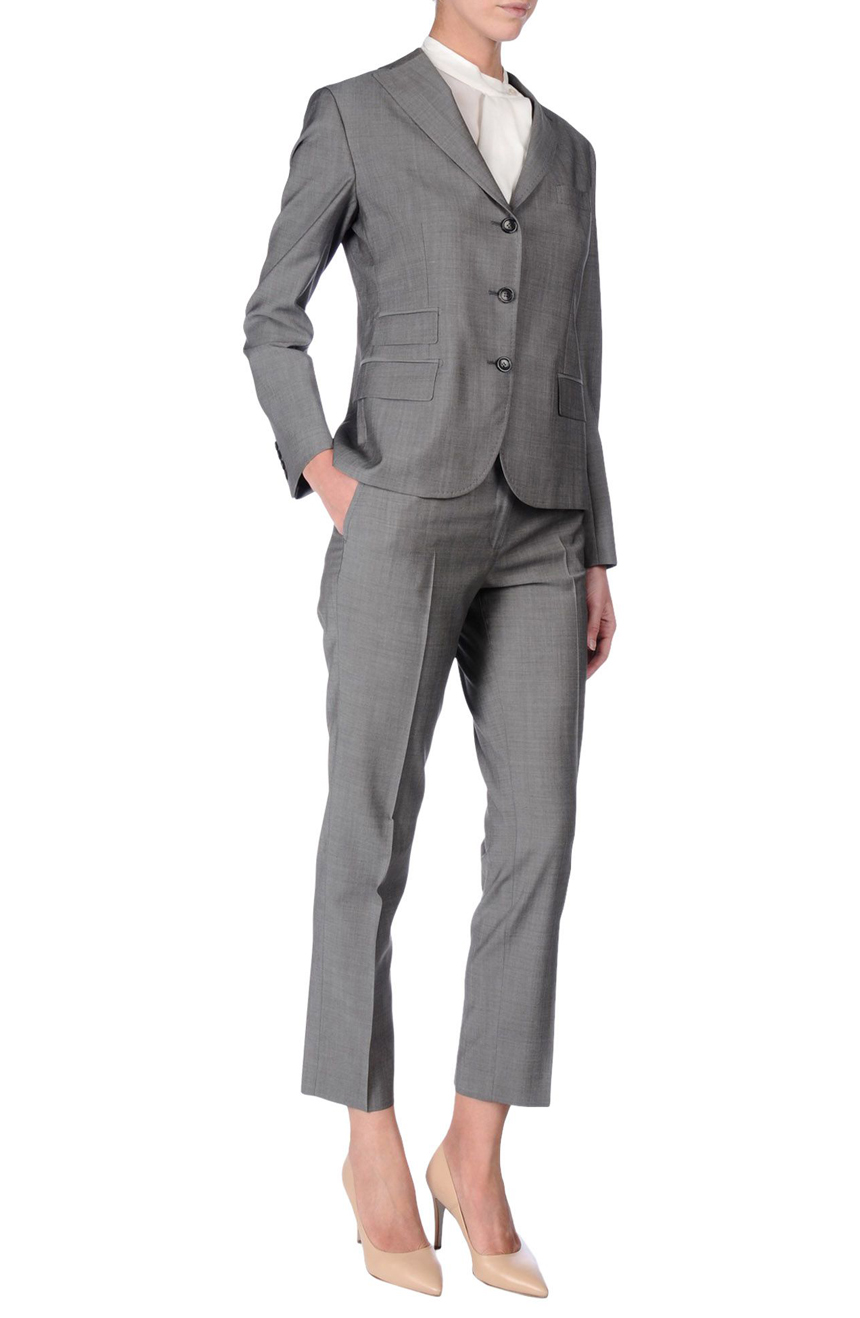Bespoke Tailor Perth: Crafting the Perfect Suit for You
Bespoke Tailor Perth: Crafting the Perfect Suit for You
Blog Article
Recognizing the Tailoring Process: From Textile Selection to Last Suitable for the Suitable Closet
The customizing procedure is a complex interaction of art and science, beginning with the crucial decision of material choice and culminating in the specific changes of final fittings. Each fabric kind brings special high qualities that influence not only the aesthetic appeal but likewise the garment's longevity and viability for different occasions.
Value of Fabric Selection
Selecting the appropriate material is vital in the customizing procedure, as it straight affects the convenience, toughness, and general aesthetic of the final garment. The selection of material sets the structure for the garment's efficiency, functionality, and design. Different textiles have unique homes, such as breathability, stretch, and weight, which can dramatically impact exactly how the garment drapes and fits the body.

A tailored piece made from a proper textile not only showcases workmanship yet also boosts the wearer's confidence. Recognizing the subtleties of material selection is critical for any tailoring undertaking. It makes certain that the final item not just satisfies the aesthetic wishes of the client however also aligns with practical needs, consequently achieving an unified balance in between type and function in the tailored closet.
Sorts Of Fabrics and Their Uses
Understanding the various kinds of materials available is crucial for making educated choices during the tailoring process. Each fabric has one-of-a-kind qualities that determine its viability for certain garments and occasions.
Its versatility allows it to be customized into every little thing from tee shirts to outfits. Its natural flexibility assists garments preserve shape over time.
Silk exhibits deluxe and is lightweight, making it ideal for eveningwear and delicate blouses; however, it calls for careful handling due to its frailty. Linen, with its textured coating, is a popular selection for warm climates, providing a crisp and airy feeling, yet it wrinkles quickly, which may influence the garment's appearance.
Synthetic textiles, such as polyester and nylon, deal durability and resistance to wrinkles, making them ideal for daily wear and active garments. Recognizing these fabric kinds and their residential properties enables much better decision-making, making sure that each tailored item not just fits well but also aligns with the intended function and occasion.
The Tailoring Techniques Explained
The art of tailoring counts on a range of strategies that transform material right into well-fitted garments. Central to this procedure is pattern composing, where a tailor develops themes based upon the client's measurements and preferred style. This initial step makes certain that the garment will fit the user effectively before any reducing occurs.
As soon as patterns are developed, reducing methods enter play. Accuracy is extremely important as mistakes can bring about misfitting garments. Tailors usually utilize different reducing methods, such as single-layer cutting for intricate layouts and multiple-layer reducing for performance on typical patterns.
Basting is another essential method, allowing dressmakers to briefly stitch textile assemble for a preliminary installation (custom suits perth). This method provides the chance to analyze the drape and general shape before last stitching
Seaming techniques, consisting of flat-felled seams and French joints, boost the garment's sturdiness and aesthetic appeal. Tailors additionally utilize techniques such as interfacing and extra padding to give framework and shape to specific locations, like collars and shoulders.
Finally, finishing strategies, including hemming and edge completing, ensure the garment's durability while offering a refined look. With each other, these strategies form the backbone of effective tailoring, leading to exquisite, custom-fit clothing.

Fitting Modifications and Factors To Consider
After the first tailoring strategies have actually been used and the garment is created, fitting modifications become extremely important to accomplishing the ideal fit. These modifications attend to read this article numerous elements of the garment, ensuring it contours to the wearer's body form and boosts total appearance.

The surge of pants is one more vital variable; it needs to rest comfortably over the hips without causing discomfort, enabling simplicity of movement. Hemming sizes for both trousers and skirts should show the user's preferred style while respecting proportions.
Additionally, attention needs to be provided to the back of the garment, making sure that there are no undesirable pulls or excess textile - tailor tuxedos perth. Each change should be diligently considered, as even small changes can dramatically affect the total fit and aesthetic of the tailored item, inevitably resulting in a closet that emanates self-confidence and sophistication
Preserving Your Tailored Apparel
Proper upkeep of customized garments is essential to preserving their fit and look with time. To ensure long life, normal cleansing is extremely important. Always adhere to the treatment tag instructions, which may continue reading this suggest dry cleansing for delicate fabrics or machine washing for more long lasting products. Prevent regular laundering, as this can use down the textile and change the garment's form.
Storage is equally essential; use cushioned hangers for jackets and coats to keep shoulder structure, and shop trousers folded up nicely or hung to avoid creasing. Safeguard garments from direct sunshine, which can discolor colors and damages fibers.
In addition, routine inspections for minor repair work can protect against bigger problems. Examine for loosened switches, tearing seams, or indicators of moth damages, dealing with these issues without delay to maintain the garment's stability.
Finally, think about seasonal rotation. Putting on tailored pieces in moderation permits fabrics to recover, extending their lifespan. By applying these upkeep strategies, you can guarantee that your customized garments continue to be as excellent as the day you initially wore them, enhancing your excellent closet for years ahead.
Verdict
The customizing procedure, encompassing textile choice, proficient techniques, and precise fitting modifications, plays a vital duty in producing garments that enhance both convenience and style. Each stage adds to the general effectiveness of the end product, making certain that garments not only fits well but likewise shows specific identity. Understanding the importance of upkeep prolongs the life of tailored garments, strengthening their value in a well-curated closet. A comprehensive technique to customizing finishes in a polished and positive appearance.
Report this page